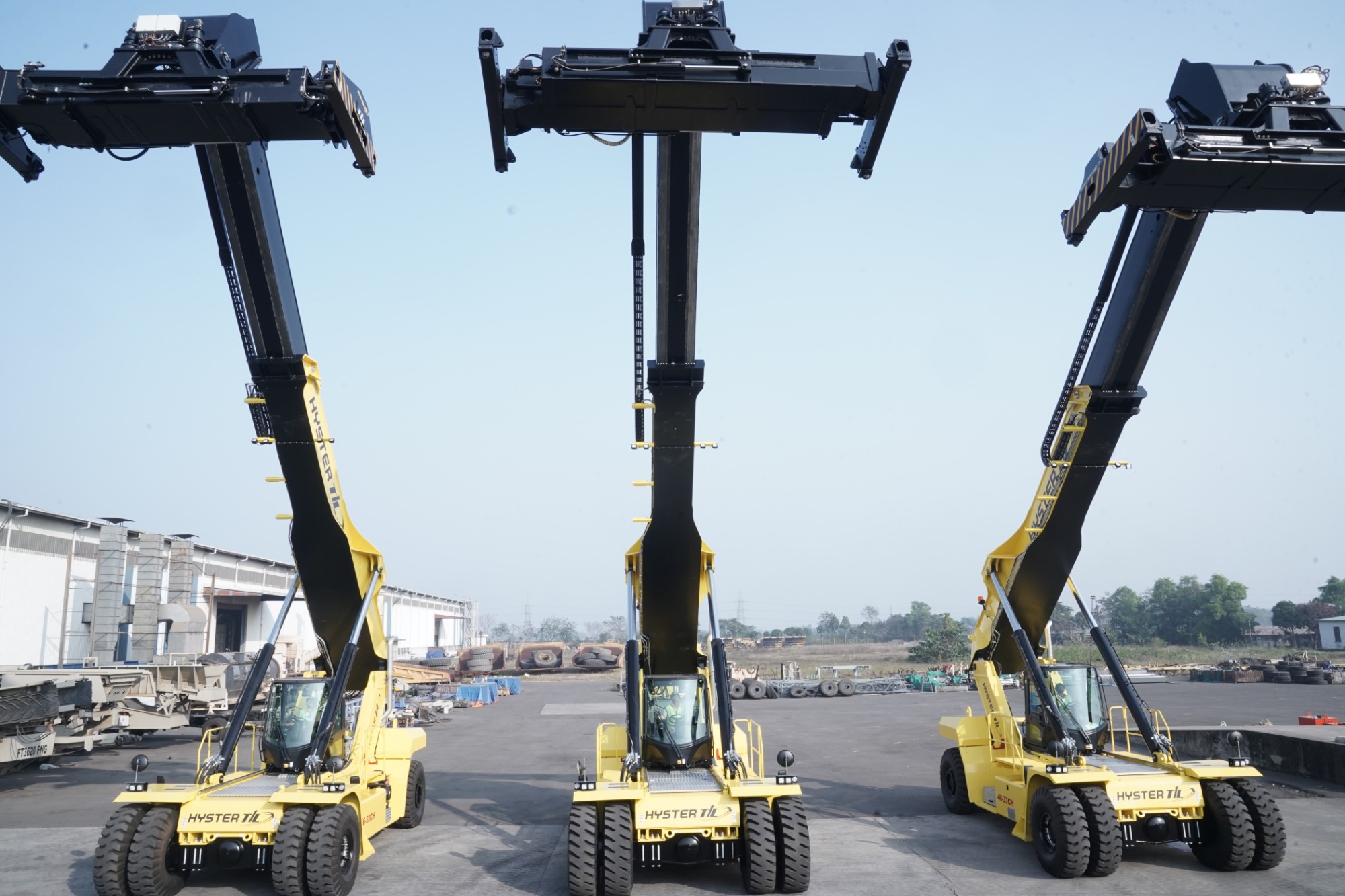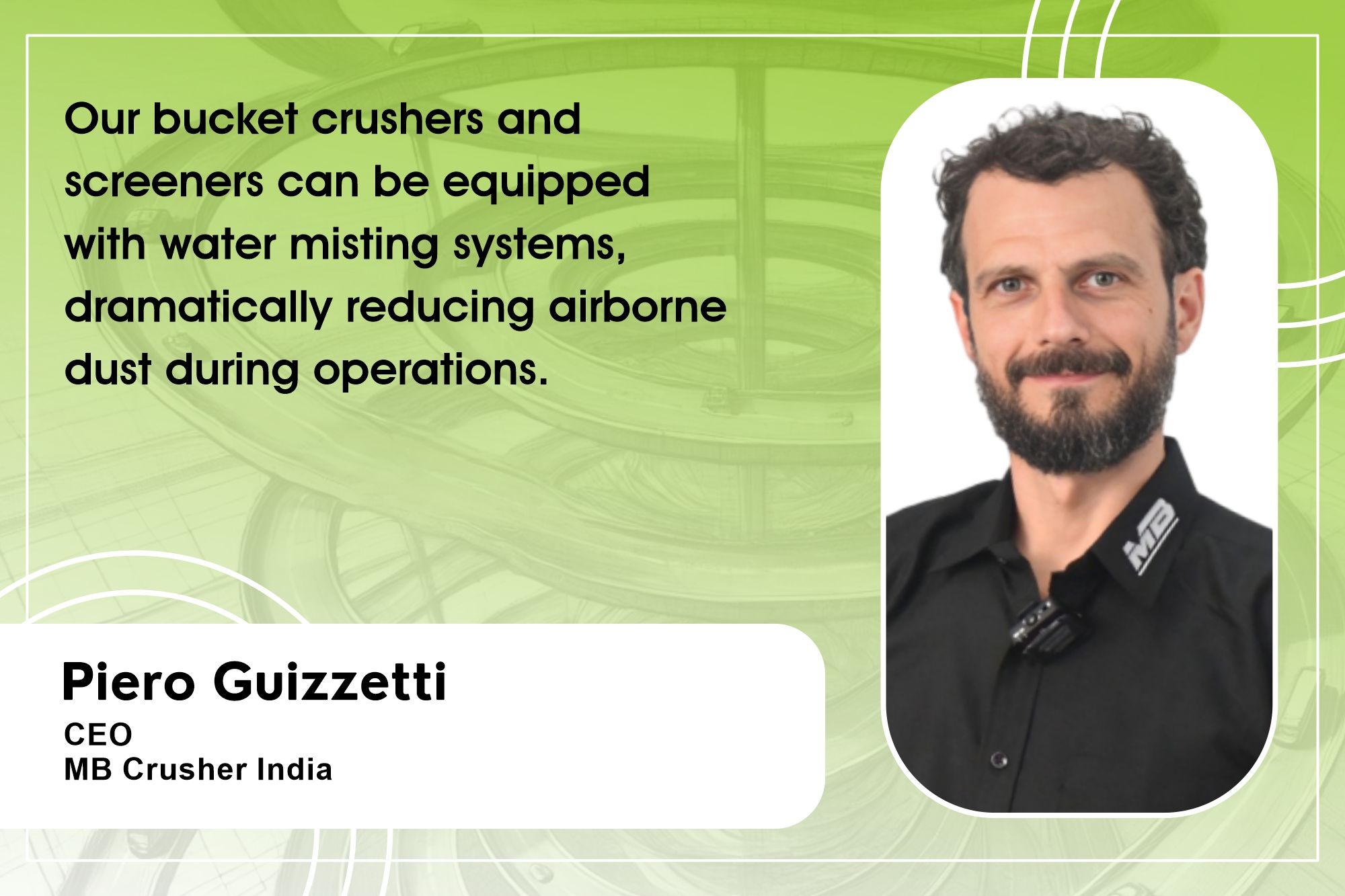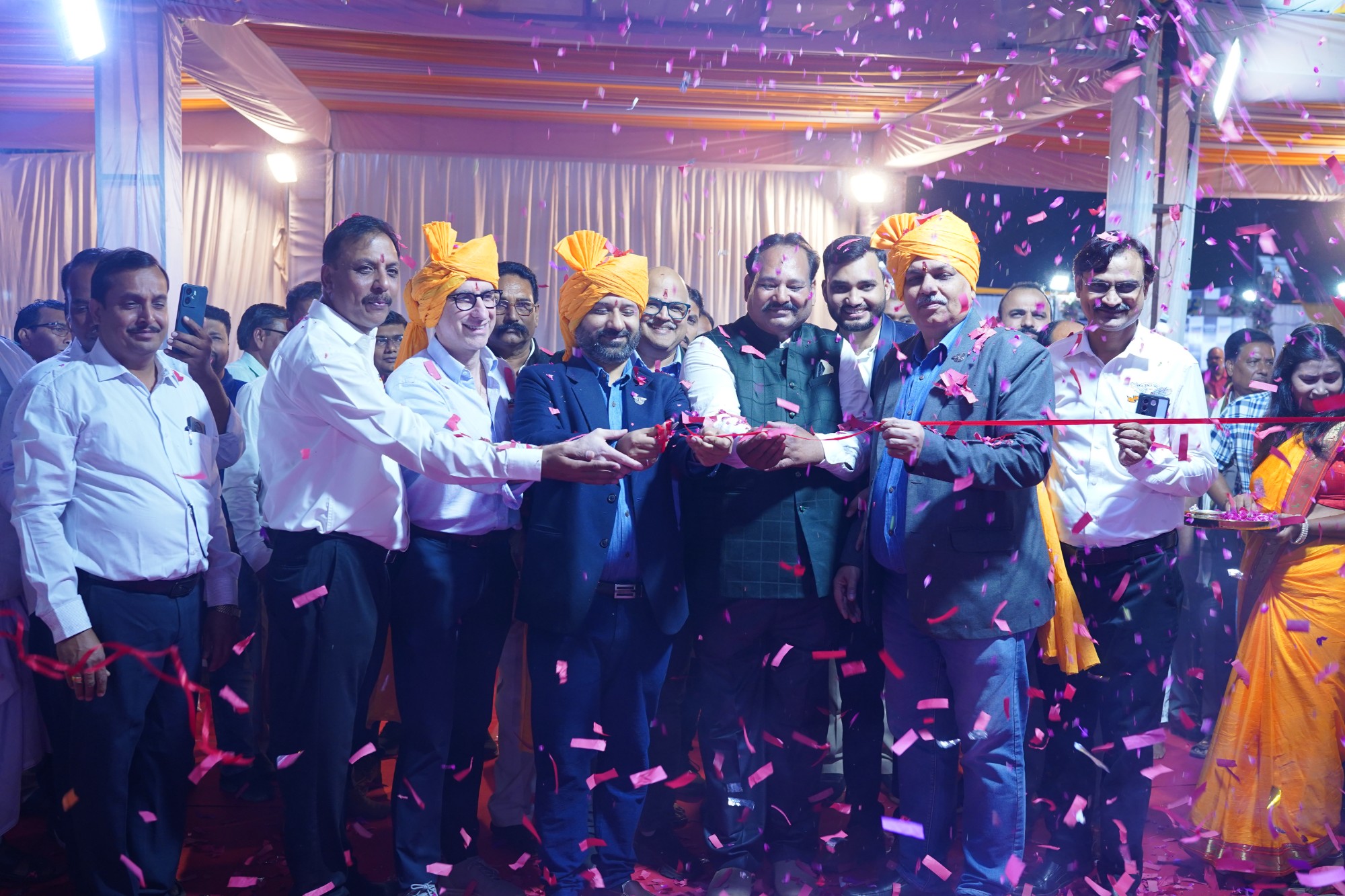Demand for aerial work platforms rises in India with infrastructure push
By Edit Team | March 8, 2023 5:08 pm SHARE

India’s aerial work platform market is expected to see strong demand in 2023. This demand is driven by the government’s focus on building 100 smart cities and significant infrastructure development projects. The construction and maintenance of these smart cities and infrastructural projects require the installation of specialised communication, transportation, and security infrastructure. As a result, the use of aerial work platforms is necessary.
However, the market also faces supply chain disruptions and rising equipment costs. Companies are exploring innovative technologies, enhancing operational efficiency, and providing cost-effective solutions to meet market demands. Overall, the outlook for India’s aerial work platform market in 2023 is positive, albeit with some challenges. AWP experts are incorporating new technologies into their machines to improve safety and efficiency. Contractors and users must weigh the benefits and costs of leasing or renting equipment.
Souma Ray, Director at HAULOTTE India, highlights that despite global economic uncertainty, India’s economy is thriving and expanding rapidly. With infrastructure projects such as Bharatmala, Sagarmala, major airports, and the smart cities initiative moving forward swiftly, it’s clear that working at heights will be a critical part of these initiatives. Ray foresees a significant surge in demand for access equipment in the coming years to ensure safety and productivity while working on these projects.
In agreement, Meghraj Singh, Managing Director at Rentease Co., emphasises that the construction and maintenance of smart cities will require specialised access equipment for installing communication, transportation, and security infrastructure. Singh anticipates a significant demand for access equipment in the coming years due to the rapid pace of infrastructural development in India. However, the specific demand will depend on the scale and complexity of each project.
Adding to the discussion, Vishnu Reddy, Director at JLG Industries Ltd., notes that there is already a robust demand for access and material handling equipment worldwide. This demand is fueled by replacement demand, fleet growth, and increased construction activities worldwide. Despite some challenges like supply chain and inflationary pressures, Reddy expects this demand to continue to increase in the coming years.
Advancements in Aerial Work Platforms: Latest Technologies and Innovations
Ray notes that the access equipment industry has significantly changed over the past decade. As a leading manufacturer in the industry, Haulotte continually integrates advanced technologies into their new-generation machines to enhance user-friendliness and ease of maintenance.
Singh recognises that the aerial work platform industry continually advances to improve equipment operation and maintenance. Several exciting technologies are currently in development or already in use, including Telematics, Anti-entrapment, Proximity sensors, Automated levelling systems, Electric and hybrid power, and Augmented reality. These advanced technologies improve safety, efficiency, and sustainability in the aerial work platform industry.
Reddy emphasises the increasing importance of safety and how technology and innovation are helping to address safety concerns over the past decade. Digital technologies and mobile apps are becoming increasingly prevalent, making job sites safer and more efficient. For example, JLG’s augmented reality app is an excellent tool for operators to better understand their machines before working. Users can scan the machine’s safety decals to obtain the latest information on ANSI standards’ requirements and see an overlay of the machine’s control panel with explanations of its functions. Technology is revolutionising the aerial work platform industry in remarkable ways.
Impact of rising equipment costs on contractors and users
According to Ray, their top priority is producing high-quality and safe equipment while maintaining reasonable customer pricing. Additional features like Telematics and IoT may come at an extra cost, but customers can opt for these features and subscribe to a plan that provides real-time data on equipment performance.
Singh points out that advanced equipment comes with additional costs that can impact contractors and users. These costs can be upfront, such as high purchases, increased training, and ongoing. Despite these costs, using advanced equipment can help contractors and users stay competitive by providing higher-quality services and better customer satisfaction.
In conclusion, while the increased cost of advanced equipment may impact both contractors and users, it can also bring benefits like better quality services and improved customer satisfaction and better customer satisfaction.
Leasing or renting out access equipment can be a tricky decision
Reddy highlights the financial implications of buying or renting equipment, with both options having additional costs. For equipment use less than two-thirds of the time, renting is generally a better option. Rental is a critical element in the global Access Work Platform industry, including India. However, the payment cycle for leasing can cause bottlenecks for AWP rental businesses in India, especially when the equipment is not regularly used on-site.
Moreover, renting in India comes with fully trained and certified operators, unlike some other markets, which can pose compliance issues in meeting the latest safety standards. Renting also allows project owners to adjust their AWP fleet size according to job site demands. Therefore, it is essential to consider the opportunities and challenges when deciding whether to lease or rent access equipment.
Improving efficiency and cost-effectiveness for construction.
Haulotte, a prominent manufacturer of access equipment, has five manufacturing facilities worldwide, providing adequate production capacity to meet current market demands, according to Ray. He says that Haulotte continuously expands its production capacity, refining component procurement processes to ensure reliable and timely supply and reconfiguring manufacturing operations to increase productivity and efficiency. Their Ambition 2025 plan ensures they are well-prepared to adapt to market demands while providing cost-effective solutions to construction projects.
Meghraj Singh explains that critical strategies for companies in the access equipment industry include research and development in innovation, effective supply chain management, implementation of lean manufacturing principles, adoption of digital technologies, and better customer relationship processes. These strategies enable companies to align with market demands, improve operational efficiency, and offer cost-effective products to construction projects. Such efforts help companies maintain their competitiveness in the market, ensure customer satisfaction, and achieve sustainable growth. Despite supply chain disruptions and rising equipment costs, the demand for aerial work platforms in India is expected to continue upward due to the government’s emphasis on infrastructure development and smart city initiatives. Companies in the aerial work platform industry are taking steps to address these challenges and meet market demands. By exploring innovative technologies, enhancing operational efficiency, and providing cost-effective solutions, the industry is poised for success in India in 2023 and beyond.
Meghraj Singh, Managing Director at Rentease Co
Specialised access equipment is crucial for smart city development.
Vishnu Reddy, Director, JLG Industries Ltd.
JLG considers the safe use of aerial lifts on job sites as their top priority.
Cookie Consent
We use cookies to personalize your experience. By continuing to visit this website you agree to our Terms & Conditions, Privacy Policy and Cookie Policy.




































-20240213125207.png)

























